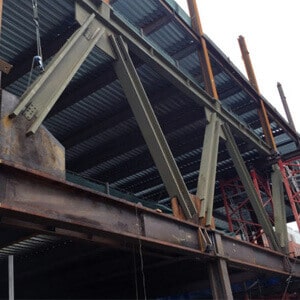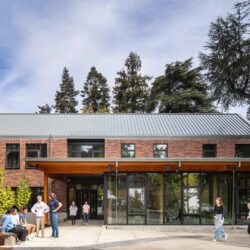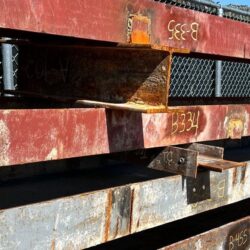The following case studies include examples of built projects and studies related to embodied carbon reduction in structures.
Signatory Case Studies (coming soon)
These case studies showcase those submitted by signatory firms, primarily from projects submitted to the database. Submissions are collected through a template to facilitate the narrative through a standard format.
All signatories are welcome to contribute project case studies for publication on the SE 2050 website. Firms are invited to contribute project-specific key findings, recommendations and lessons learned as related to implemented embodied carbon reduction strategies. This is a great opportunity for signatories to showcase their efforts and share best practices for future development. Projects submitted could be SE 2050 database contributions but do not need to be. Projects may be anonymous or identified. For more information, reach out to contact@se2050.org.
SEI Circular Economy Case Studies
These case studies were curated by the SEI Circular Economy working group and highlight projects demonstrating circularity as a means for embodied carbon reduction.




